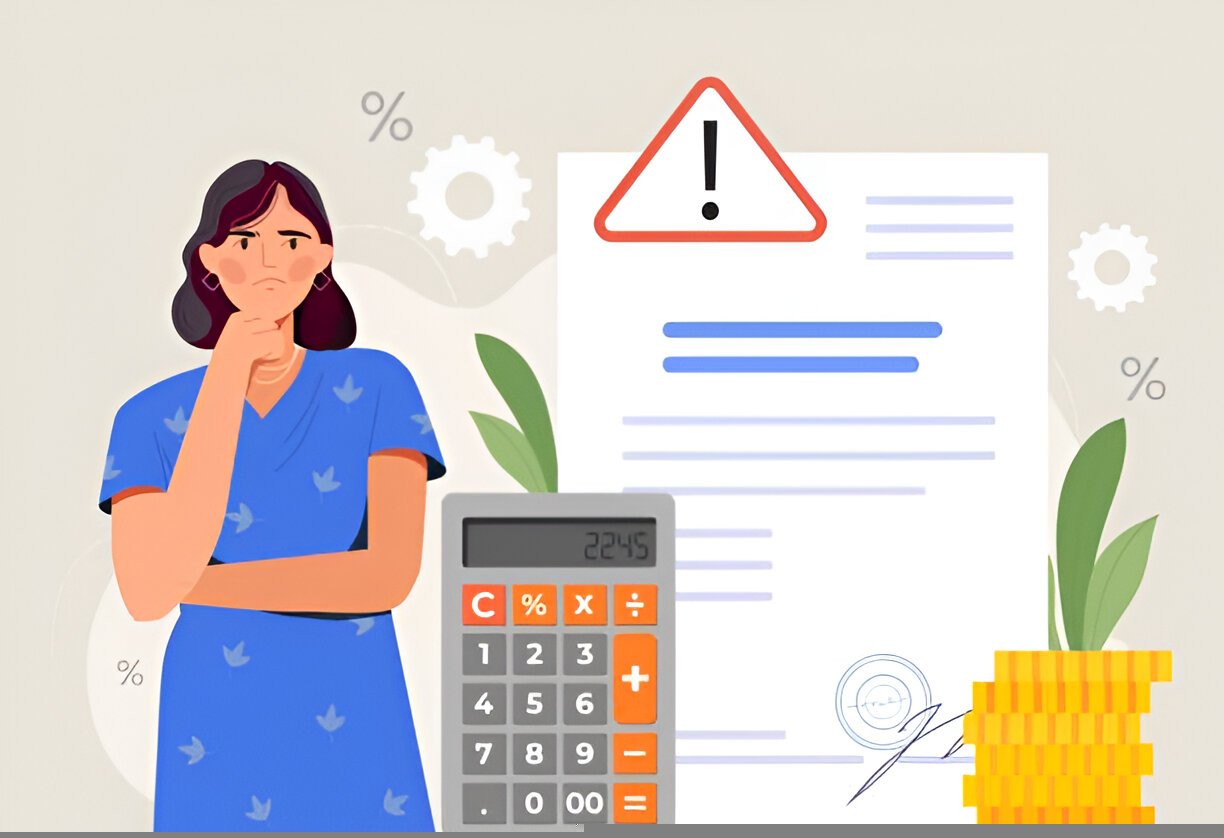Accounting often feels like a maze of jargon and rules, but at its core, it relies on simple principles. One of the most fundamental—yet misunderstood—concepts is historical cost. In this guide, I break down what historical cost means, why accountants rely on it, and how it shapes financial statements. Whether you’re a student, small business owner, or just curious about accounting, this deep dive will clarify the concept with examples, comparisons, and clear explanations.
Table of Contents
What Is Historical Cost?
Historical cost is the original monetary value of an asset or liability when it was first acquired or incurred. Unlike market value, which fluctuates, historical cost remains fixed unless adjusted for depreciation, amortization, or impairment.
For example, if I buy a piece of machinery for $50,000, its historical cost stays $50,000 on the books, even if its market value rises to $60,000 or drops to $40,000.
Why Historical Cost Matters
Historical cost provides objectivity and verifiability. Since it’s based on actual transactions, auditors and regulators find it reliable. Imagine if companies could arbitrarily adjust asset values—financial statements would lose credibility.
However, critics argue that historical cost can become outdated, especially with long-term assets. A building purchased in 1980 for $200,000 might now be worth $1.5 million, but the balance sheet still shows the original cost minus depreciation.
Historical Cost vs. Fair Value
The debate between historical cost and fair value accounting is central to modern finance. Here’s a quick comparison:
| Aspect | Historical Cost | Fair Value |
|---|---|---|
| Basis | Original purchase price | Current market value |
| Volatility | Stable over time | Fluctuates with market conditions |
| Reliability | High (verifiable) | Lower (estimates required) |
| Relevance | May become outdated | Reflects current economic conditions |
Fair value accounting, used in some cases under GAAP and IFRS, updates asset values to reflect market conditions. While more relevant, it introduces subjectivity. Historical cost, though less dynamic, avoids manipulation.
How Historical Cost Works in Practice
Let’s walk through an example. Suppose I start a bakery and make the following purchases:
- Oven: $10,000
- Delivery Van: $25,000
- Initial Ingredients: $2,000
Under historical cost accounting, my balance sheet records these at their purchase prices.
Depreciation and Historical Cost
Fixed assets like ovens and vans lose value over time. Accountants use depreciation to allocate this cost. If the oven has a 5-year useful life and no salvage value, I record straight-line depreciation as:
After one year, the oven’s book value is:
Even if the oven’s market value drops to $7,000 or rises to $12,000, the books still show $8,000.
Criticisms of Historical Cost
While historical cost ensures reliability, it has drawbacks:
- Ignores Inflation: A $50,000 machine bought in 1990 is not equivalent to $50,000 today.
- Understates Asset Values: Real estate and stocks often appreciate, but historical cost doesn’t reflect this.
- Limited Decision-Making Use: Investors may prefer current valuations to assess a company’s true worth.
When Historical Cost Is Adjusted
Certain events force adjustments:
- Impairment: If an asset’s market value drops permanently, GAAP requires writing it down.
- Revaluation (IFRS Only): Some international standards allow upward revaluation of assets like property.
Historical Cost in Financial Statements
Let’s see how historical cost impacts key statements:
Balance Sheet Example
| Asset | Historical Cost | Accumulated Depreciation | Book Value |
|---|---|---|---|
| Oven | $10,000 | $2,000 | $8,000 |
| Delivery Van | $25,000 | $5,000 | $20,000 |
Income Statement Impact
Depreciation appears as an expense, reducing net income. For the bakery:
This $7,000 lowers taxable income, demonstrating how historical cost affects profits.
Historical Cost and Tax Implications
The IRS mandates historical cost for tax reporting. If I sell the delivery van after three years for $15,000, the taxable gain is:
I pay taxes on the $5,000 gain, not the van’s original cost.
The Future of Historical Cost
With rising interest in fair value accounting, some argue historical cost is outdated. However, its simplicity and reliability keep it entrenched in GAAP. Hybrid models, where some assets use fair value and others historical cost, may become more common.
Final Thoughts
Historical cost is a bedrock of accounting, offering stability and verifiability. While it has limitations, understanding it helps decode financial statements and business decisions. Whether you’re analyzing a company’s books or managing your own finances, grasping historical cost clarifies how value is recorded and reported.





